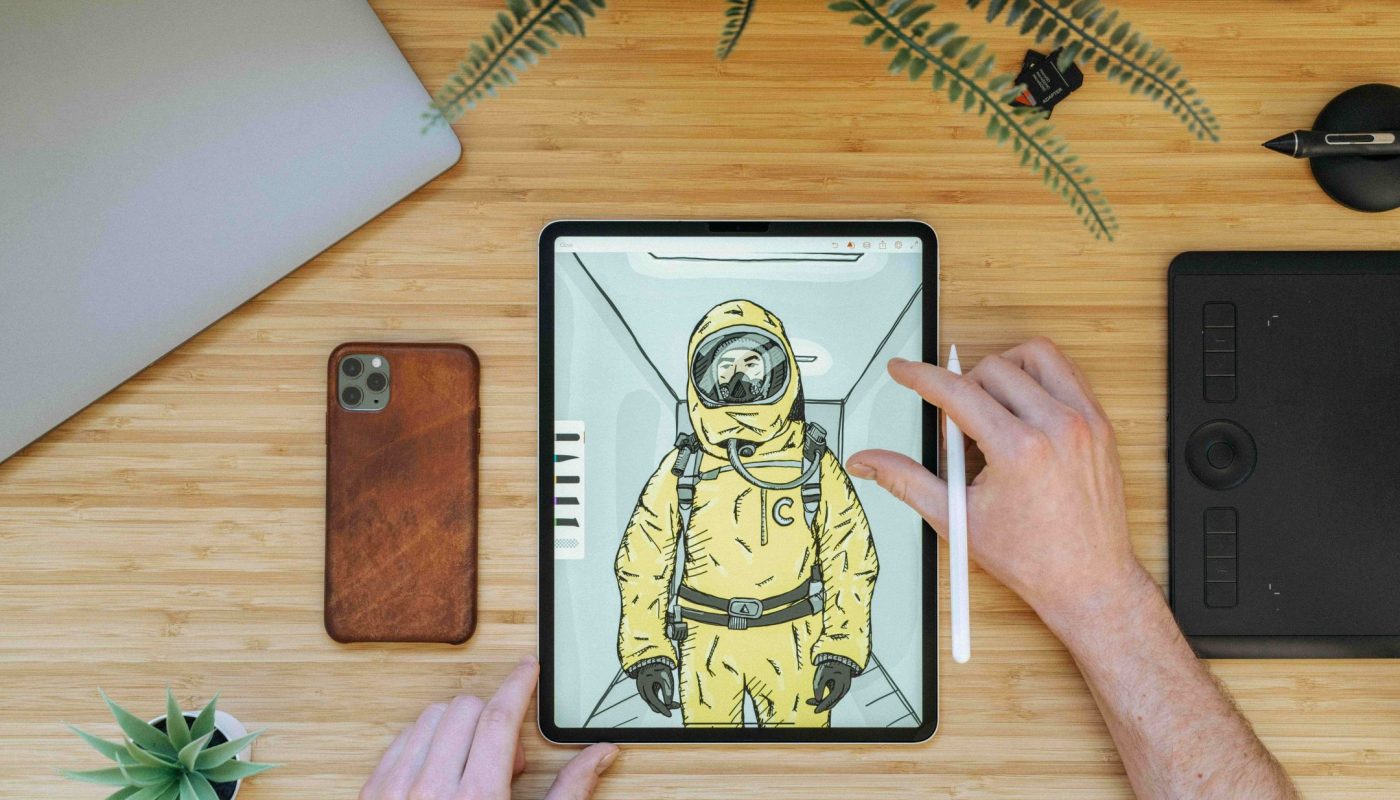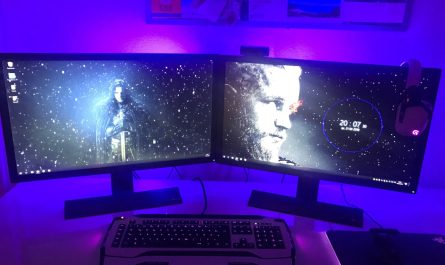The recent blogpost was about what phygital NFTs are. Phygital NFTs are digital tokens that link physical objects to digital tokens on a blockchain, resulting in a new level of authenticity and uniqueness.
Watch the video below to see a phygital NFT prototype and learn how it works.
https://www.youtube.com/shorts/I6rJtALj0kY
How to create phygital NFTs
The process of creating a phygital NFT starts with an artist creating a physical art piece, which could be a painting on canvas, a sculpture a photography, etc. A digital version of the physical art piece will be deposited on the blockchain. It is important to attach a unique identifier (e.g. a QR-code) to the artwork, which links the physical artwork to the NFT. This concept allows any physical object to be converted into a phygital NFT.
Want to create your own phygital NFT collection?
Are you ready to witness the future of art? Look no further than Arties, a groundbreaking startup taking the NFT world by storm. Their mission is to bring traditional art into the digital age by creating phygital NFTs that showcase the beauty of physical art on the blockchain. And they’re not just talking the talk – they’ve already proven it’s possible with their pilot project, the Arties x Voka NFT collection.
Want to learn more about this revolutionary concept? Stay tuned in the upcoming weeks as the revolutionary concept of arties is presented in more detail.
This is the third article in a series of eight posts about the impact of tokenization and NFT on the art world. Find below more blogposts and stay tuned to learn more.
- Phygital NFTs: The Fusion of Physical and Digital Art Ownership
- Unlocking the Future of Art: The Rise of Digital Art and NFTs in the Art World
- The Benefits of NFT Artwork
- Phygital Art in Use: Arties x Voka
- Talking about NFTs and Digital Art
- Talking about NFTs and Digital Art Part II
- Arties: Pioneering the Phygital Art Revolution through Digital Art and NFTs




Really useful video!
Thank you for the feedback. The topic is very complex and the video is to illustrate the thematics.